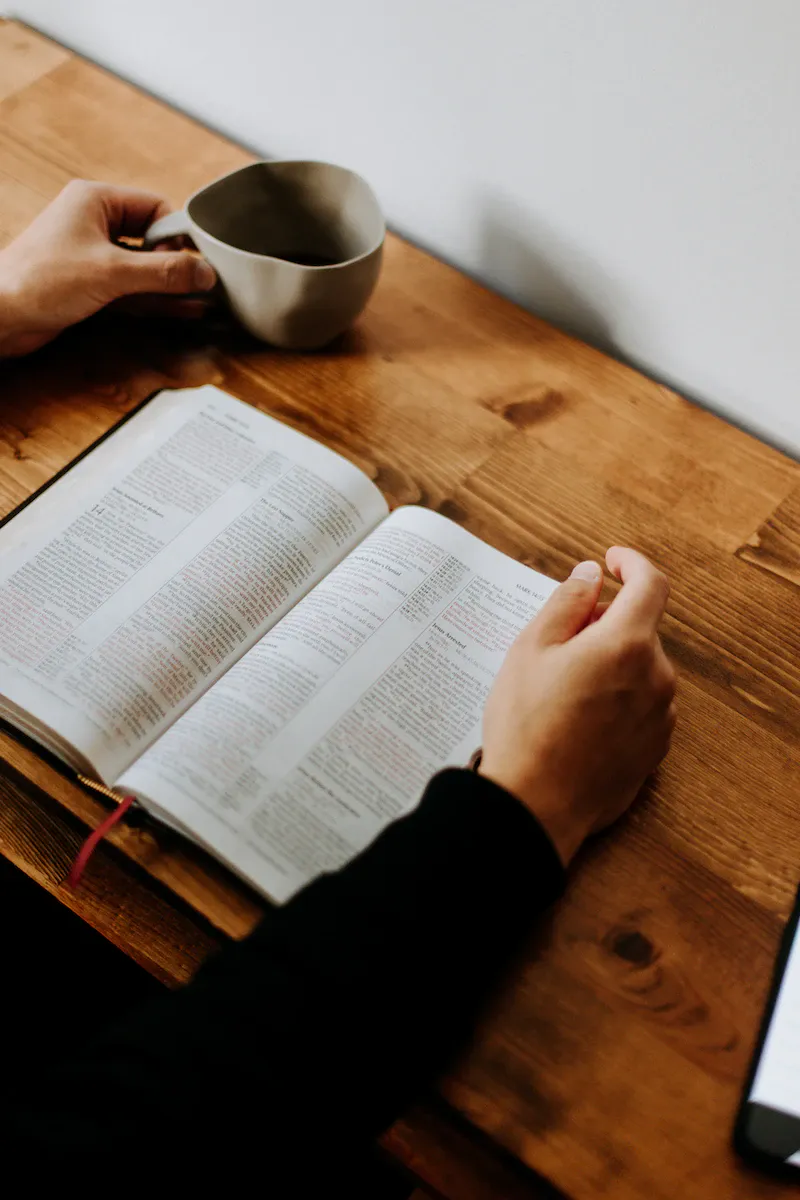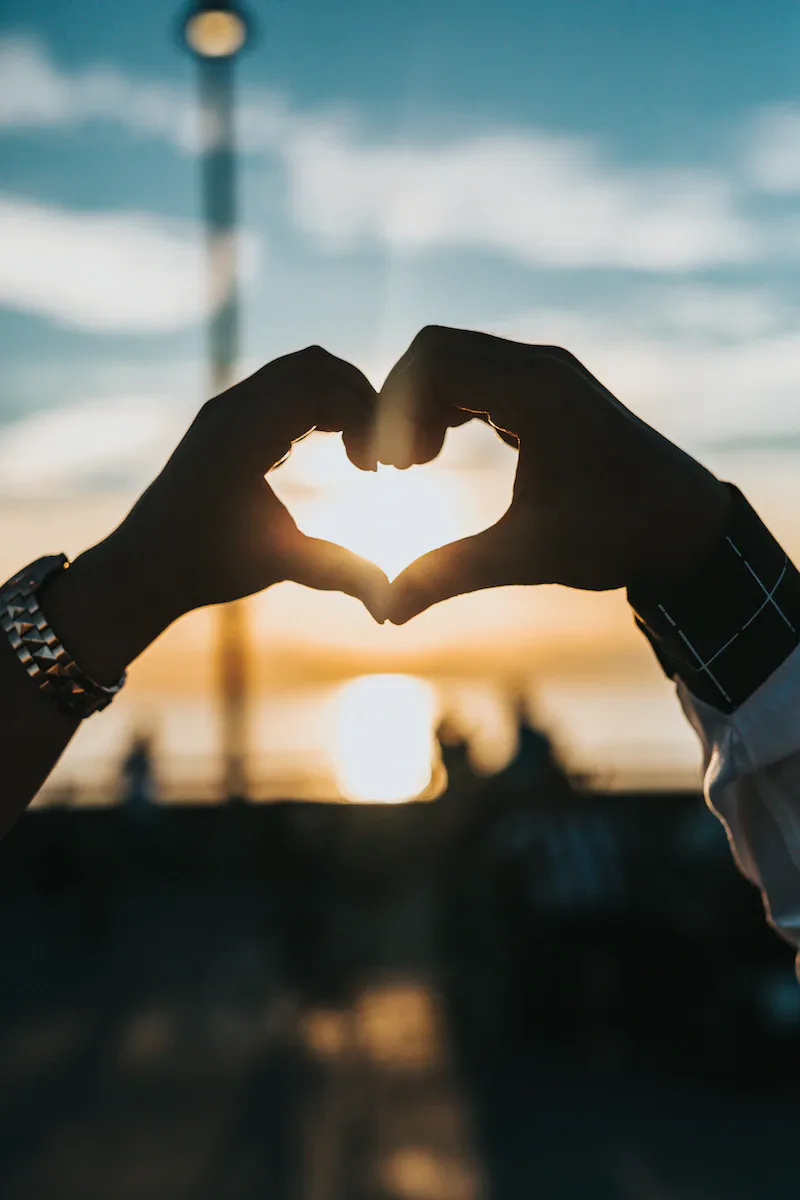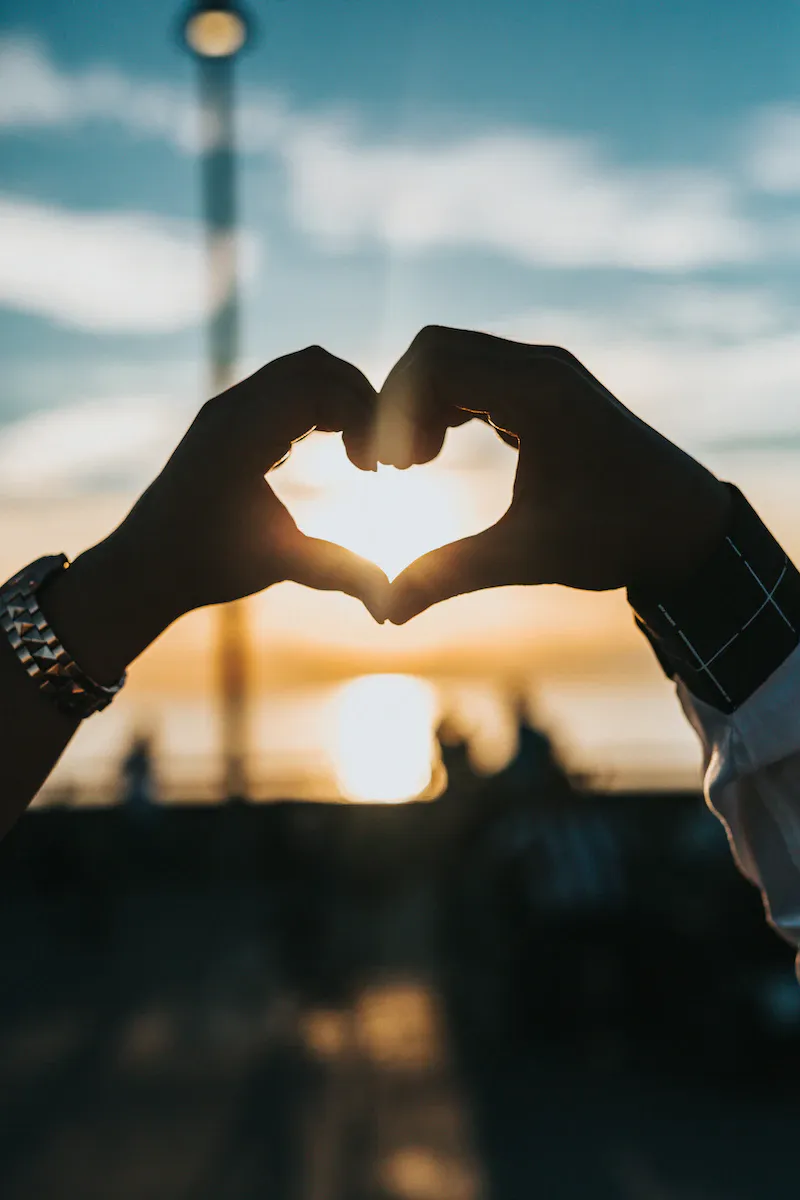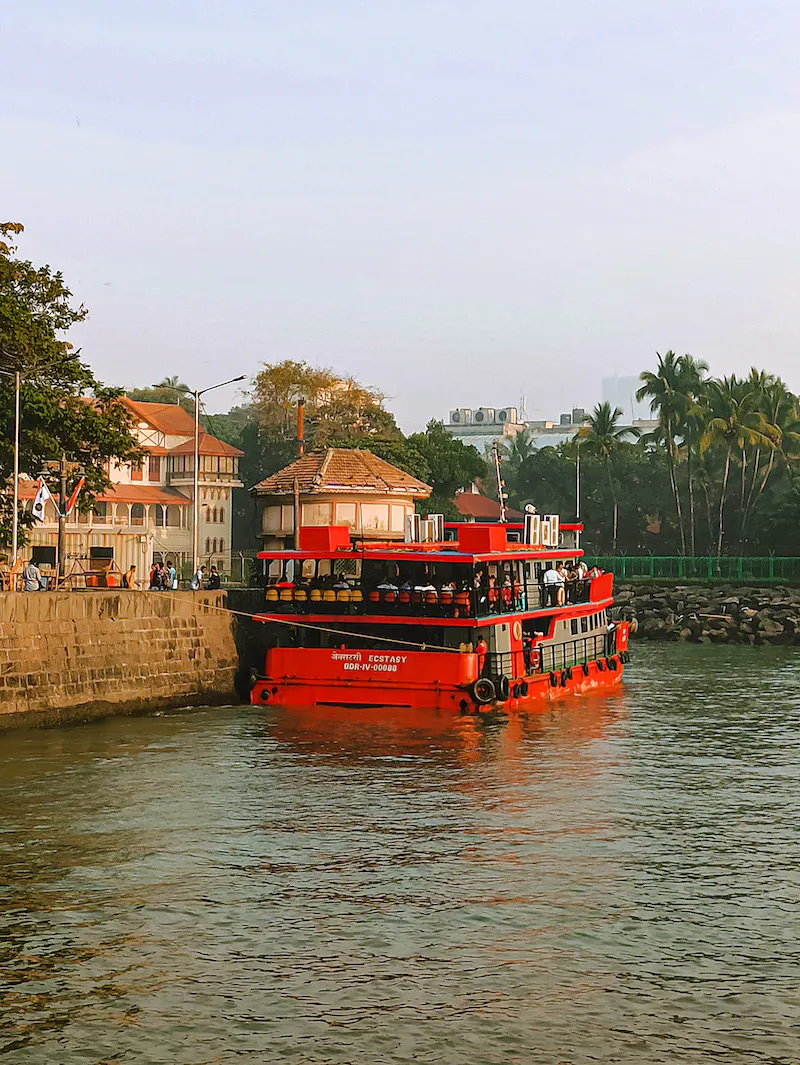Celebrating Love: A Journey towards LGBTQ+ Acceptance.
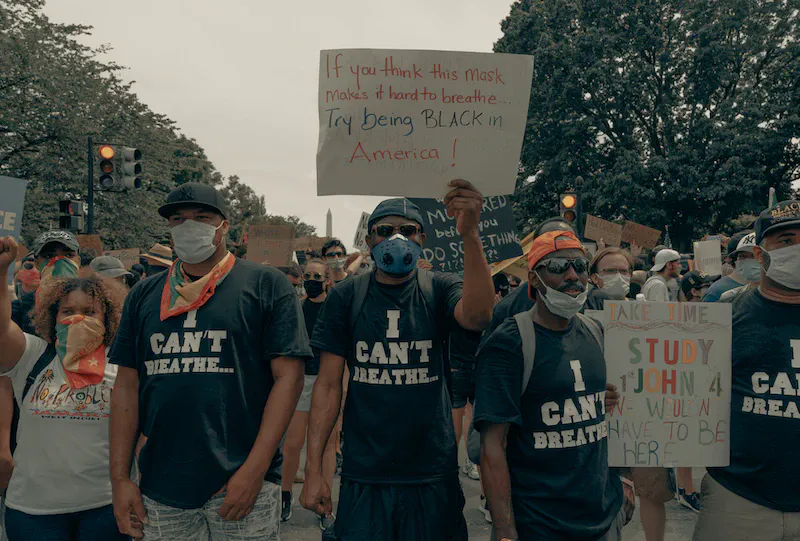
My Personal Journey: Finding Love and Respect as a Gay Man
Growing up, I always knew that I was different. I didn’t quite fit in with the other boys at school, and I couldn’t quite explain why. It wasn’t until I was a teenager that I started to understand my feelings and realized that I was attracted to other boys.
Coming out to my family and friends was one of the most challenging things I’ve ever had to do. I was scared of being rejected, judged, and misunderstood. It took me a while to gather the courage to speak my truth, but when I finally did, I was surprised by how supportive and accepting everyone was. I felt like a weight had been lifted off my shoulders.
As a young gay man, I faced a lot of discrimination and prejudice. I remember being bullied at school, called names, and even physically assaulted because of my sexuality. It was a tough time, but it made me stronger and more determined to fight for my rights and the rights of other LGBT+ people.
Finding love was also a challenge. It’s not easy to meet someone when you’re gay, especially in a small town where everyone knows everyone else’s business. I tried online dating, going to bars, and even attending LGBT+ events, but it took me a while to find someone who shared my values, interests, and personality.
But when I finally met my partner, everything fell into place. We clicked instantly, and I knew that I had found the person I wanted to spend the rest of my life with. We’ve been together for several years now, and our love has only grown stronger.
It’s not always easy being a gay man in today’s society, but I’ve learned that it’s important to love and respect yourself for who you are. I’ve also learned that there are many people out there who will support and accept you, no matter what. The journey to finding love and respect may be challenging, but it’s worth it.
The Impact of Representation in Film and Media on LGBTQ+ Youth
Growing up as a gay teenager, I remember feeling a sense of isolation and confusion about my identity. It wasn’t until I saw positive representations of LGBTQ+ characters in movies and television that I began to understand and accept myself.
Representation matters. It can have a profound impact on the way we view ourselves and the world around us. For LGBTQ+ youth, seeing positive depictions of people like themselves in film and media can be life-changing.
Unfortunately, for many years, LGBTQ+ characters were either nonexistent or portrayed in harmful stereotypes in mainstream media. This lack of representation can lead to feelings of invisibility and shame.
Thankfully, in recent years, there has been progress in the representation of LGBTQ+ characters in film and television. From shows like “Pose” and “Orange is the New Black” to movies like “Love, Simon” and “Moonlight,” there are now more opportunities for young people to see positive depictions of LGBTQ+ individuals.
These portrayals can help to normalize the experiences of LGBTQ+ youth and reduce the stigma associated with being different. They can also provide much-needed role models and inspiration for young people who may be struggling with their identity.
Of course, there is still much work to be done in terms of representation. We need more diverse and nuanced portrayals of LGBTQ+ individuals in all forms of media. But the progress that has been made is important and should be celebrated.
As someone who has benefited from positive representations of LGBTQ+ characters in film and media, I know firsthand the impact they can have. I hope that future generations of LGBTQ+ youth will continue to see themselves represented in positive and affirming ways, and that this representation will help them to hug their true selves.
The Truth About Misconceptions and Fear Surrounding the “Gay Lifestyle”
As a member of the LGBTQ+ community, I have heard many misconceptions about the “gay lifestyle.” One of the most common misconceptions is that being gay is a choice. In reality, sexual orientation is not a choice but rather an inherent part of who we are.
Another misconception is that all LGBTQ+ individuals engage in promiscuous behavior. While some individuals may choose to engage in casual sex, this is not representative of the entire LGBTQ+ community. Just like in the heterosexual community, individuals have different levels of sexual activity and preferences.
Additionally, there is a fear that the LGBTQ+ community is a threat to traditional values and family structures. This fear is often based on misinformation and can lead to discrimination and exclusion. The truth is that LGBTQ+ individuals come from all walks of life and have families of their own. Love and family are universal values that transcend sexual orientation.
It is also important to address the misconception that being LGBTQ+ is a mental disorder or illness. This false belief has been used to justify harmful conversion therapy practices that aim to change an individual’s sexual orientation or gender identity. However, the World Health Organization and many other medical and mental health organizations have recognized that being LGBTQ+ is not a disorder and does not require a “cure.”
In conclusion, it’s crucial to educate ourselves and others about the truth behind these misconceptions and fears. Understanding and acceptance are the keys to creating a more inclusive and supportive society for all members of the LGBTQ+ community.
Unpacking the Myth of a Secret ‘Gay Agenda’
There’s a common misconception that the LGBTQ+ community has a secret agenda to convert or recruit people to become gay. As a language model trained on vast amounts of data, I can tell you that this is simply not true.
It’s important to remember that being gay, lesbian, bisexual, or transgender is not a choice. It’s a fundamental aspect of one’s identity, just like being straight or cisgender. The idea that someone could be coerced or convinced to become gay is not only incorrect but also harmful to the LGBTQ+ community.
The truth is that the LGBTQ+ community is simply fighting for equality and basic human rights. This includes the right to marry, the right to adopt children, the right to employment without discrimination, and the right to live without fear of violence or persecution. These are not “special” rights, but rather the same basic rights that every human being should be entitled to.
As with any group, there may be different opinions and priorities among members of the LGBTQ+ community. However, there is no secret agenda to undermine traditional values or impose a “gay lifestyle” on anyone.
It’s important to question the sources of information that perpetuate these harmful myths and to seek out accurate information and diverse perspectives. By dispelling these misconceptions, we can work towards a more accepting and inclusive society for all.
The Fight for Equal Rights: Discrimination Against the LGBTQ+ Community
The fight for equal rights for the LGBTQ+ community has been a long and difficult journey, and it’s far from over. Discrimination against the community has taken many forms, from being denied basic human rights to being subjected to hate crimes and violence.
One of the biggest barriers to equality has been the lack of legal protections for LGBTQ+ individuals. Even in countries where same-sex marriage is legal, discrimination in housing, employment, and public accommodations remains a problem. Many LGBTQ+ people still live in fear of losing their jobs or being denied housing because of their sexual orientation or gender identity.
Another form of discrimination is the widespread belief that being LGBTQ+ is a choice, and that it goes against traditional values and religious beliefs. This has led to the harmful practice of conversion therapy, which aims to change a person’s sexual orientation or gender identity through psychological or spiritual means. Conversion therapy has been debunked by medical and mental health organizations as not only ineffective, but also harmful to individuals’ mental and emotional well-being.
The fight for equal rights has been ongoing for decades, and it has been fueled by the tireless efforts of LGBTQ+ activists and allies. With each victory, such as the landmark Supreme Court decision legalizing same-sex marriage in the United States, there is hope that progress is being made. But the fight is far from over, and it’s important for everyone to continue to advocate for the rights of the LGBTQ+ community and to stand against discrimination in all its forms.
The Importance of Recognizing and Celebrating Love in All Forms
Love is a universal emotion that can be felt by all, regardless of gender, sexual orientation, or any other defining factor. It is a fundamental part of the human experience and should be celebrated in all its forms. Whether it’s the love between two people of the same gender, opposite gender, or non-binary individuals, it’s important to recognize and respect that love is love.
Unfortunately, there are still many prejudices and biases that prevent people from accepting and celebrating love in all forms. This can lead to discrimination, hate crimes, and even violence towards those who identify as LGBTQ+. It’s important to educate ourselves and others about the harm that these prejudices can cause and work towards creating a more inclusive and accepting society.
One way to do this is to promote visibility and representation of LGBTQ+ individuals in media and entertainment. When people see positive representations of queer relationships and families in TV shows, movies, and books, it can help to challenge negative stereotypes and promote acceptance.
Another way to celebrate love in all forms is to participate in LGBTQ+ events, such as Pride parades and festivals. These events provide a safe and inclusive space for members of the community and their allies to come together and celebrate their identities and relationships. They also provide an opportunity for people to learn about different perspectives and experiences and to show support for equal rights and opportunities.
In conclusion, recognizing and celebrating love in all forms is crucial for promoting inclusivity, acceptance, and equality. By working towards creating a more open and accepting society, we can help to ensure that everyone has the opportunity to love and be loved for who they truly are.
Breaking Down Stereotypes: The Reality of the “Gay Lifestyle”
There are many stereotypes surrounding the LGBTQ+ community, including the belief that there is a certain “gay lifestyle.” As a language model, I can tell you that these stereotypes are not only inaccurate but also harmful.
The truth is, there is no one way to be gay, just as there is no one way to be straight. Sexual orientation does not determine one’s personality, interests, or habits. People of all sexual orientations have different lifestyles, hobbies, and experiences.
Some people might assume that all gay men are fashion-conscious and love to party, but this is not true for everyone. Similarly, some might believe that all lesbians are sporty and have short hair, but this stereotype is also far from accurate. The reality is that the LGBTQ+ community is diverse, and each individual has their unique personality and interests.
It is also important to note that being gay is not a choice, and it is not something that can be changed. This is an essential message that needs to be understood to prevent the stigmatization of the LGBTQ+ community. Stereotypes only serve to reinforce negative attitudes and limit our understanding of people who are different from us.
In conclusion, it is crucial to recognize that there is no such thing as a “gay lifestyle.” Everyone’s experiences and interests are unique, and we should strive to understand and accept each other for who we are as individuals, regardless of sexual orientation.
Moving Towards a More Inclusive and Accepting Society for All Individuals
We live in a world that is constantly evolving and changing. While we have made great strides in accepting and hugging diversity, there is still much work to be done. It is essential that we continue to move towards a more inclusive and accepting society for all individuals, regardless of their sexual orientation or gender identity.
One way we can do this is by educating ourselves and others. It is important to understand that everyone has their own unique experiences and perspectives, and we should not assume that we know everything about a particular group of people. We should seek out diverse voices and listen to their stories, learning from their experiences and challenges.
Another way we can work towards a more inclusive society is by actively challenging discrimination and prejudice. We should speak out against derogatory language and behavior, and work to create safe and welcoming spaces for all individuals. This means advocating for policies that promote equality and protecting the rights of marginalized communities.
It is also crucial that we celebrate diversity and promote representation in all aspects of our society, including media and entertainment. When we see people from different backgrounds and experiences represented in the media, it helps to break down stereotypes and promotes understanding and acceptance.
Moving towards a more inclusive and accepting society will not happen overnight, but it is important that we take steps towards creating a more equitable world for all individuals. By educating ourselves, challenging discrimination, and celebrating diversity, we can work towards a brighter and more inclusive future.
Conclusion
In conclusion, the journey towards acceptance and equality for the LGBTQ+ community is ongoing. It requires education, empathy, and an open mind from all individuals. We must dispel harmful myths and stereotypes, celebrate love in all forms, and work towards creating a more inclusive and accepting society. It is important to remember that everyone deserves to be treated with respect and dignity, regardless of their sexual orientation or gender identity. By hugging diversity and advocating for equal rights, we can make a positive impact and create a better future for all. Let’s continue to learn, grow, and support each other in this journey towards equality.
